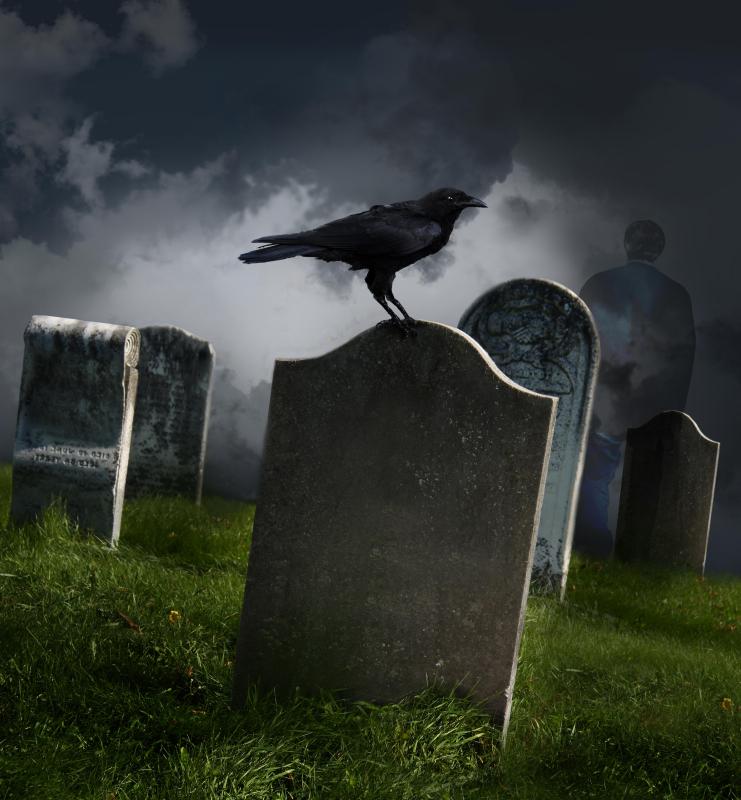

The links below will take you to some of the most important works of English and American Gothic fiction from the Victorian era. Dead characters refuse to leave the living alone, and the living accept that the.
Themes in gothic literature full#
From beginning to end, Wuthering Heights is a novel full of ghosts and spirits. Setting in a Castle: The action often takes place in and around an old castle or manor, sometimes seemingly abandoned. LitCharts assigns a color and icon to each theme in Wuthering Heights, which you can use to track the themes throughout the work. The Gothic possesses many key elements such as paranoia. Gothic Literature and the Supernatural Theme Analysis. Read more in the Introduction to The Victorian Gothic by Charlotte Barrett. Gothic literature is known for captivating readers by bringing to light the dark side of humanity. The main elements of this genre are- The setting is. This brings a sense of verisimilitude to the narrative, and thereby renders the Gothic features of the text all the more disturbing." The Gothic novel is a type of pseudomedieval fiction having a prevailing atmosphere of mystery and terror. The Victorian Gothic moves away from the familiar themes of Gothic fiction - ruined castles, helpless heroines, and evil villains - to situate the tropes of the supernatural and the uncanny within a recognisable environment. Common themes of distorted reality Most Romantic Literature seem to have formulated a communal moral or theme when closely looked at. The gloomy atmosphere and persistent melodrama present in Dickens' Bleak House and Oliver Twist, exemplifies the transference of Gothic components into an urban, modern setting. Death within Gothic writings appears to be generally connected to the female characters, possibly implying a stereotype from 19th Century society of the frailty of women. These tropes included psychological and physical terror mystery and the supernatural madness, doubling, and heredity curses. The characters within Wuthering Heights, Dracula and Poe’s poetry experience internal conflict through the Gothic portrayal of themes in both European and American Literature. The genre has led to the rise of pulp magazines in the early twentieth century, the modern horror genre, and most famously, the Southern Gothic-fiction that contains elements of the gothic, taking place in the American South.

However, the Gothic tropes used earlier in the eighteenth century in texts such as Ann Radcliffe's The Mysteries of Udolpho were transported and interwoven into many late-nineteenth century narratives. Common themes and motifs of the Gothic include power, confinement, and isolation. "In the Victorian era, Gothic fiction had ceased to be a dominant literary genre.


 0 kommentar(er)
0 kommentar(er)
